Off the Road Again
For equipment owners and operators, regular and preventative maintenance of their utility vehicles should be a given — something that’s done without a second thought. Checking the oil, and the occasional filter, might keep things running smoothly for a while, but it takes more time and dedicated maintenance to ensure UTVs are safe and in good working order.
“Regardless of brand, all utility vehicles should come with an operator’s manual and service schedule,” says Rob Gilles, Bobcat marketing manager. “The service schedule notes each component that should be checked, what type of service is required and the hour intervals the service should be done.”
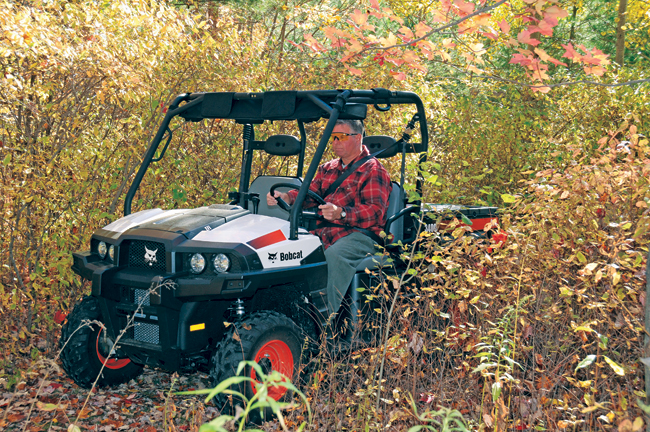
Coming out of the winter season, when utility vehicles are either stored away or used in a snow removal capacity, means extra care should be taken with machine components that are sometimes overlooked. “Changing the oil, oil filters and battery and filling the fuel tank are the easy, top-of-mind maintenance items most people recognize as important,” Gilles says. “But a lot of things can happen during the winter — from mice building nests in the engine to plastic cables cracking in cold temperatures — so you also need to check the brakes, sub-brakes, brake fluid, coolant, throttle cables, wiring and drive belt to ensure safe operation.”
Brake System Maintenance
Always check the brake fluid and add more as needed or replace it completely at specified intervals. Because utility vehicles can travel more than 30 miles per hour, the braking system is a top safety feature and should be maintained on a regular basis. Also ensure the brake system and pedal travel are operating properly, and that the park brake cable tension is correct. If it’s loose, adjust it to the manual’s settings. Brake pad wear varies based on the terrain and work application the utility vehicle is being used for, but check this component regularly and replace as soon as needed.
Throttle Damage Means Inefficiency
The throttle is a large part of what makes the machine go, so proper operation is paramount to eliminate downtime. Check the throttle to ensure it moves properly. If you store your utility vehicle in an enclosed shed or structure throughout the winter, chances are high there could be rodent damage to the throttle system. Inspect the cable for damage and adjust or replace if necessary.
Wiring Is the Central System
With technological advancements increasing with every new version of machine, more and more components depend on the machine’s wiring system to be in good working order. This is another area to check for spots where rodents have chewed through or damaged wiring. Inspect this area for wear and routing, and apply dielectric grease to connectors subjected to water, mud and other elements.
Don’t Let Your Drive Belt Leave You Stranded
“This is the area I think is most often ignored and shouldn’t be,” Gilles says. “You need to check the drive belt for cracks. This is so important if you use the utility vehicle to push snow in the winter. Freezing temperatures are extremely dangerous if a cracked belt leaves you stranded.”
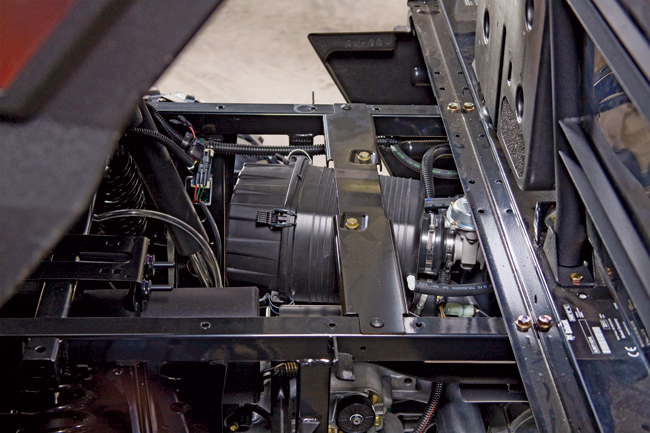
If you push into a pile and your tires aren’t spinning, it’s possible the belt is spinning across the top of the clutch (which is also still spinning). This will burn a spot on the drive belt and cause a weakness that will crack. If you have cracks in the drive belt, it will eventually begin to fray. Once the drive belt snaps, you’re not going anywhere. To inspect, you can do a visual check and/or listen for any clicking noises. Clicking indicates a cracked part of the belt spinning over the clutch. Replace the drive belt immediately. Additionally, you should clean clutches and replace worn parts.
Your Job Should Be about Comfort, Too
It’s no secret that utility vehicles endure a lot of use, and sometimes, abuse from rough terrain or severe applications. To remain comfortable in the seat as much as you need to be, check the front and rear suspension and steering components. Inspect these areas for broken parts and loose hardware, as well as steering freeplay and suspension wear. Tighten or replace parts as needed to ensure a smooth ride and stability in steering.
Keep the Machine Cool
Clean air filters and intakes make the cooling system’s job easier and provides longer life for the utility vehicle. Be sure to inspect, clean and replace (if needed) the engine air filter and pre-filter and breather filter. Additionally, check all air intake lines and throttle body flange for leaks and repair if necessary. Replace engine coolant at designated intervals. Repair any leaks in the radiator and clean external surfaces.
Safety Is Paramount
Replace damaged or missing safety signs and decals. Check for proper operation of head lights, tail lights, indicator lights and switches and apply dielectric grease when a lamp is replaced. Check the condition of the ROPS and mounting hardware. Ensure seat belts work properly, and clean or replace belt retractors as needed.
“No matter what maintenance standpoint you take as an owner or operator, safety of the person operating the utility vehicle and for those who might work around it is the most important point,” Gilles explains. “Regular maintenance of the entire machine can help ensure high safety standards.”
Christina Schave is a technical writer for Two Rivers Marketing, based in Des Moines, Iowa.


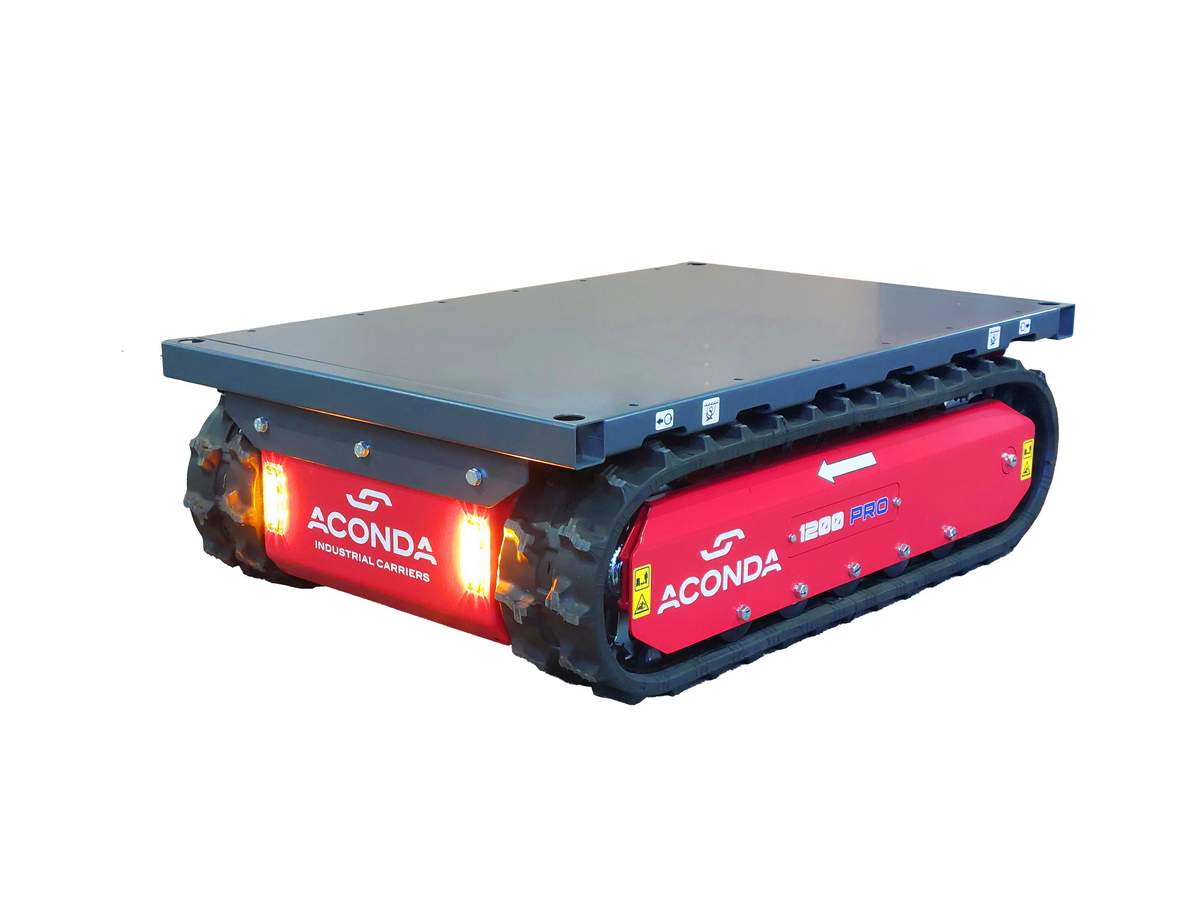
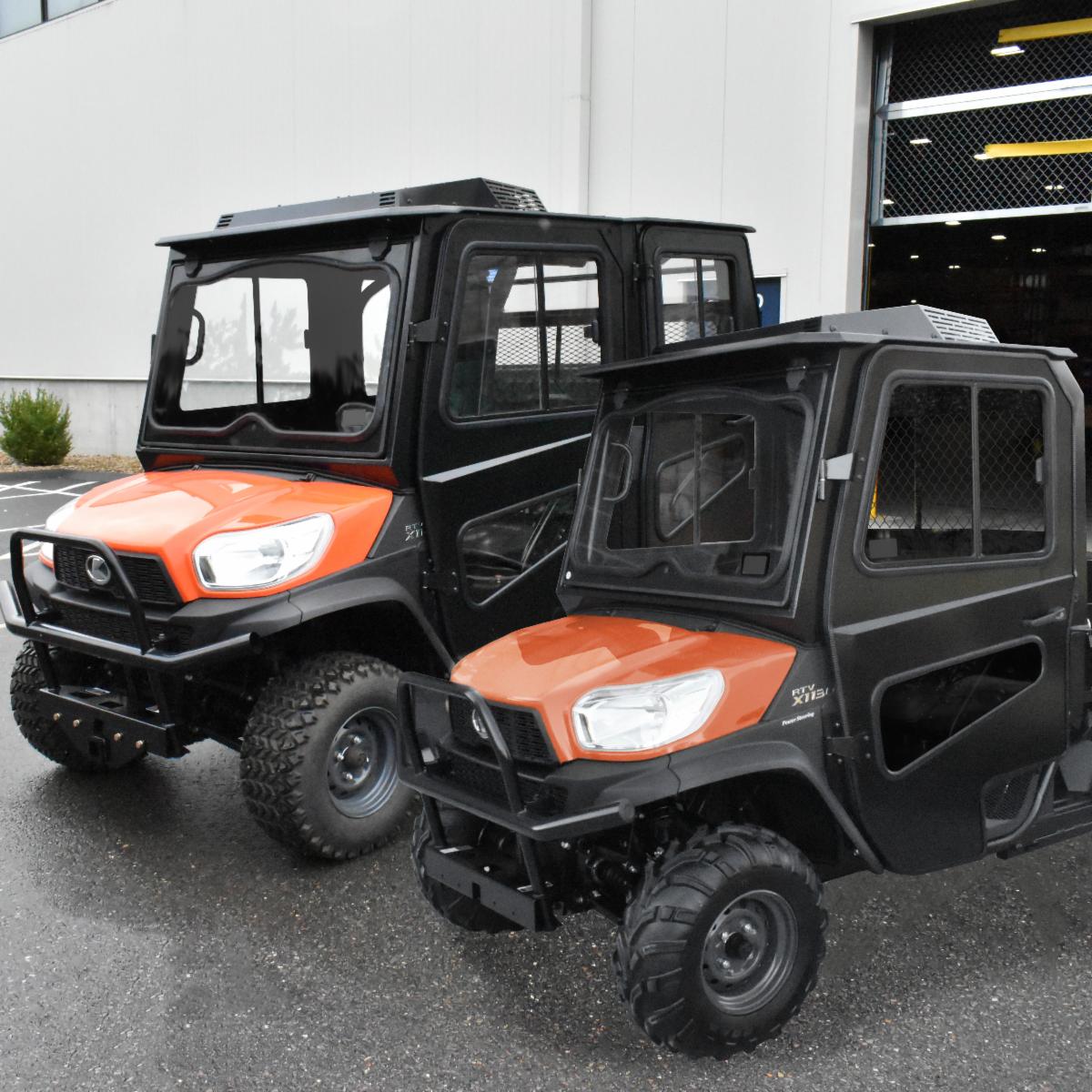
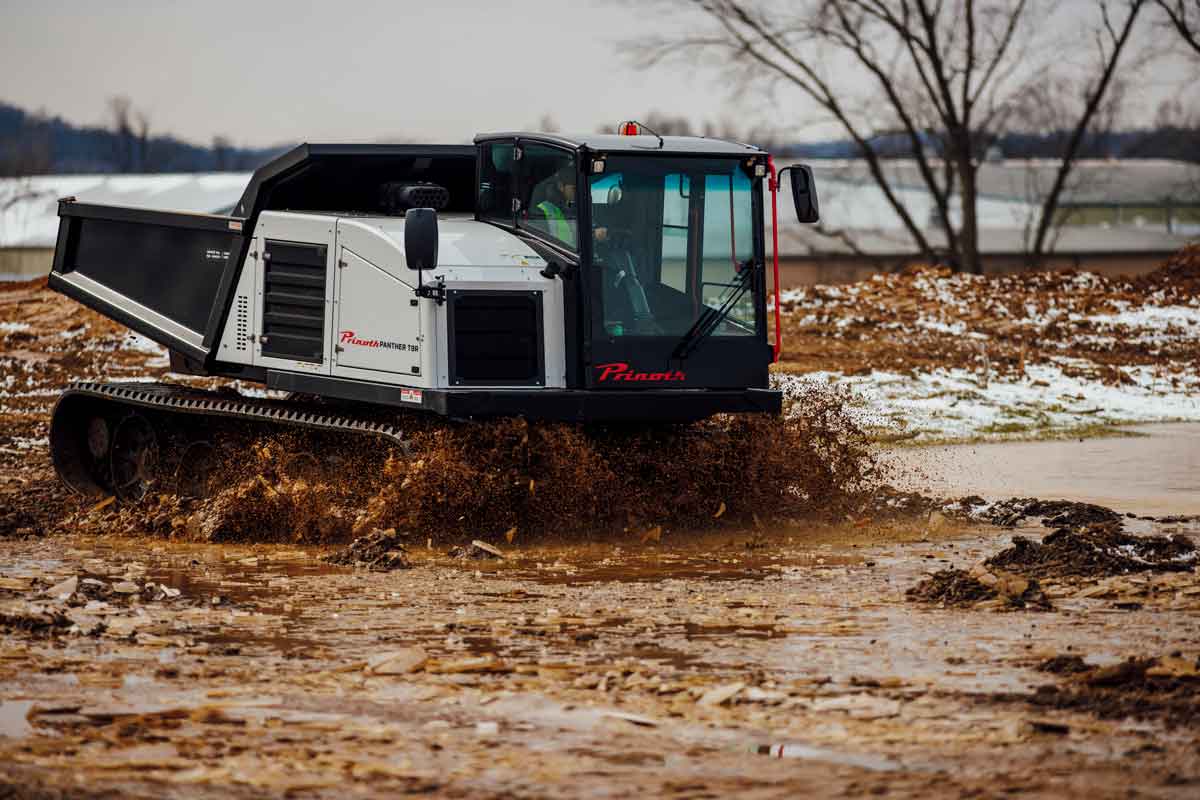
Comments are closed here.